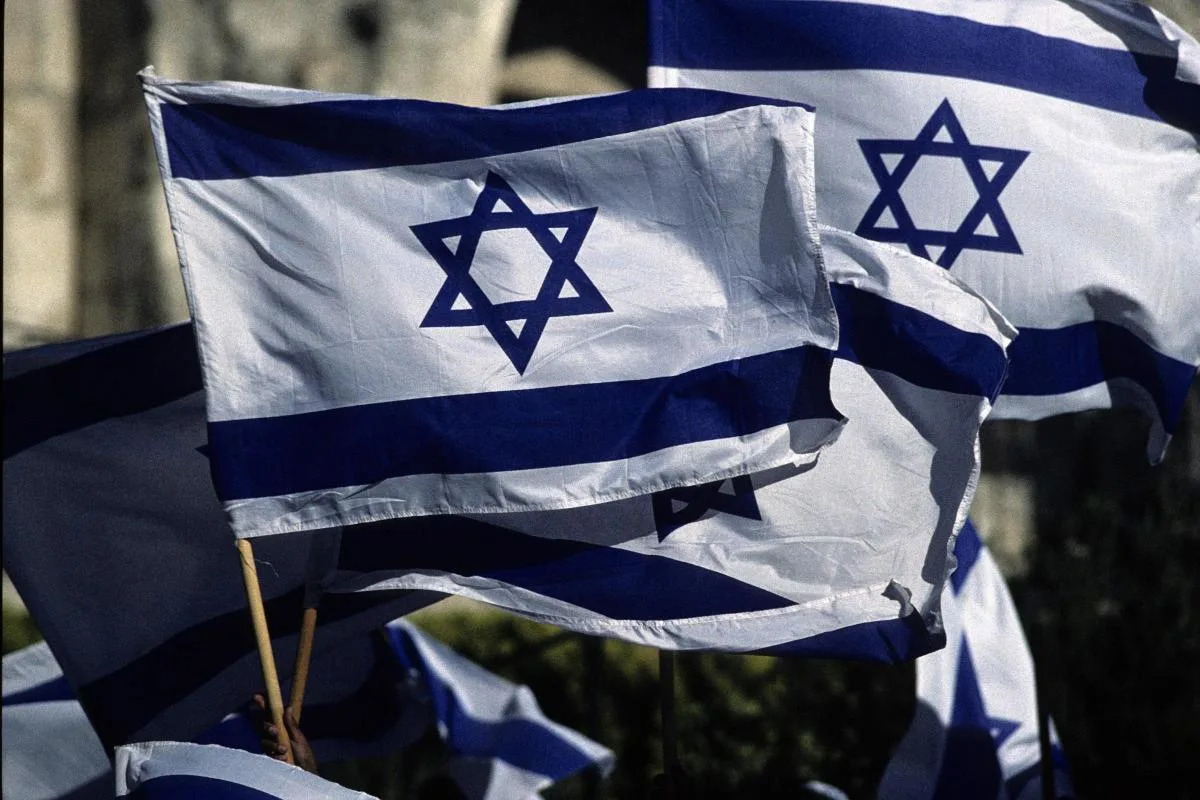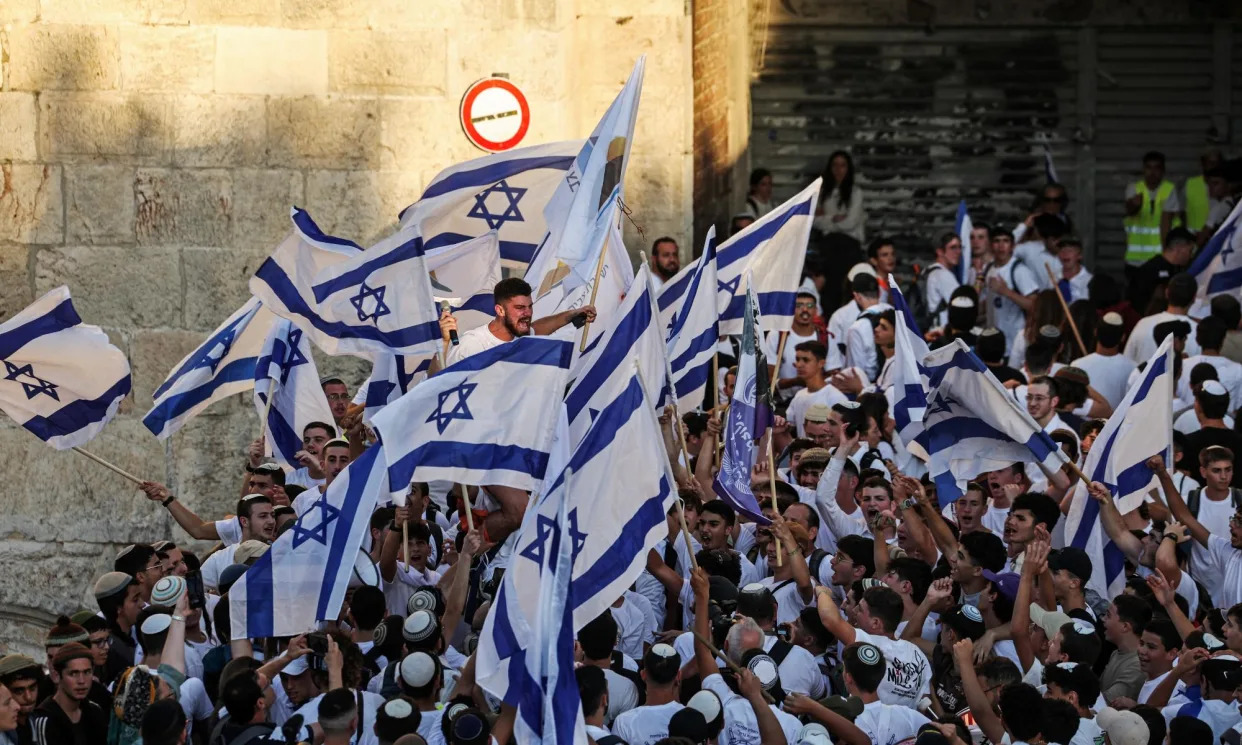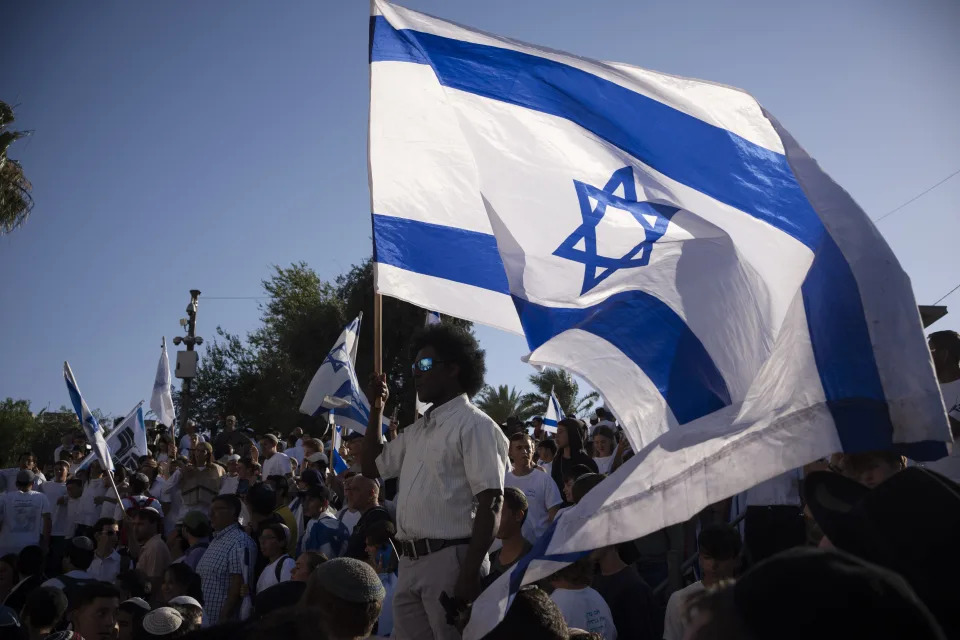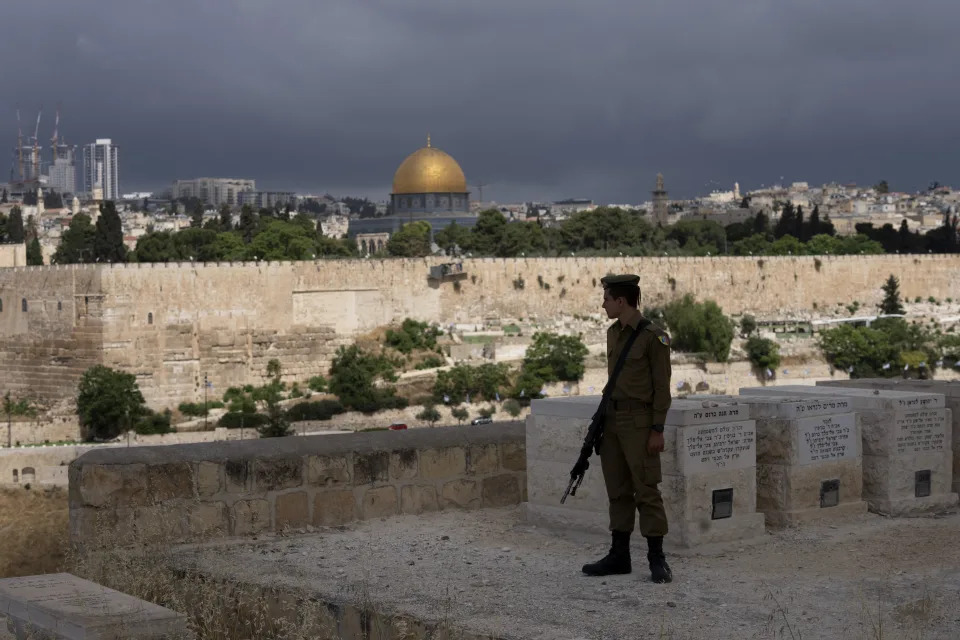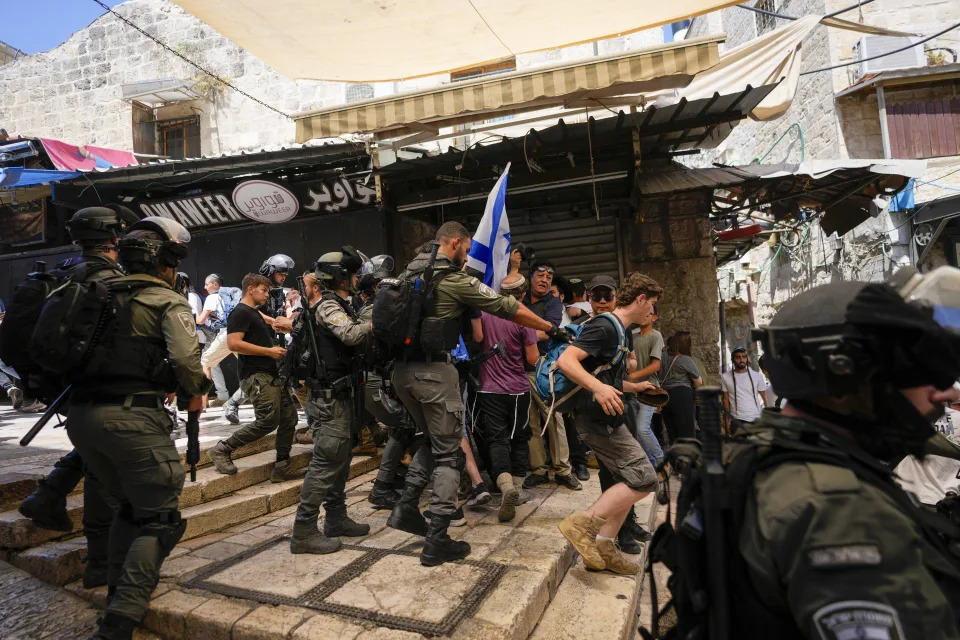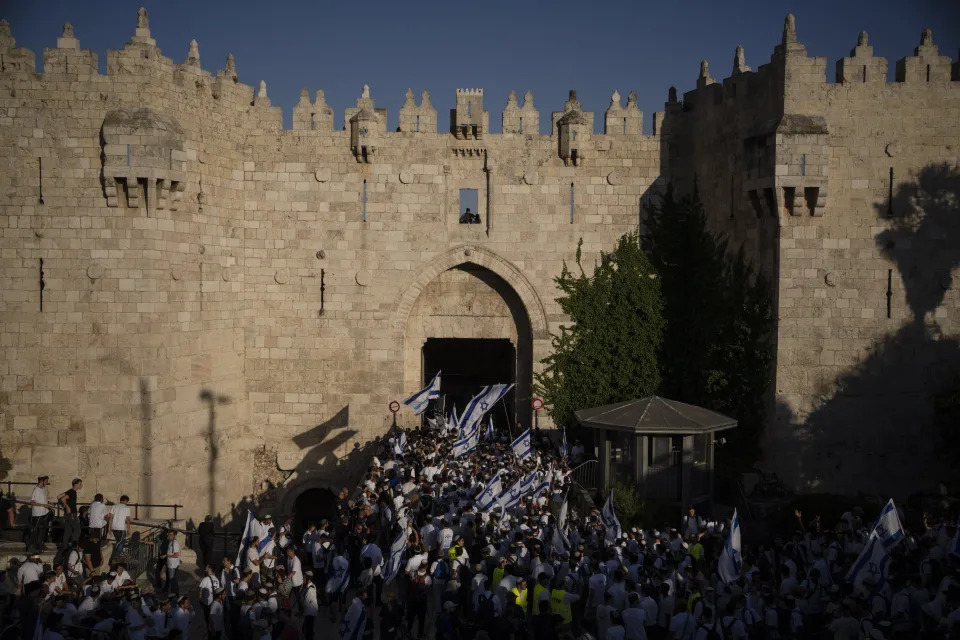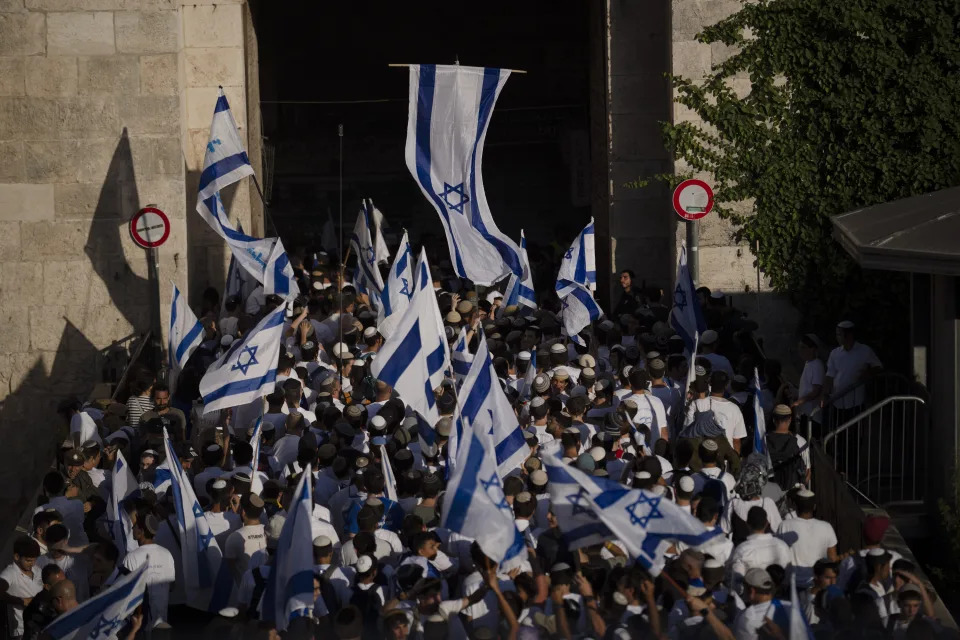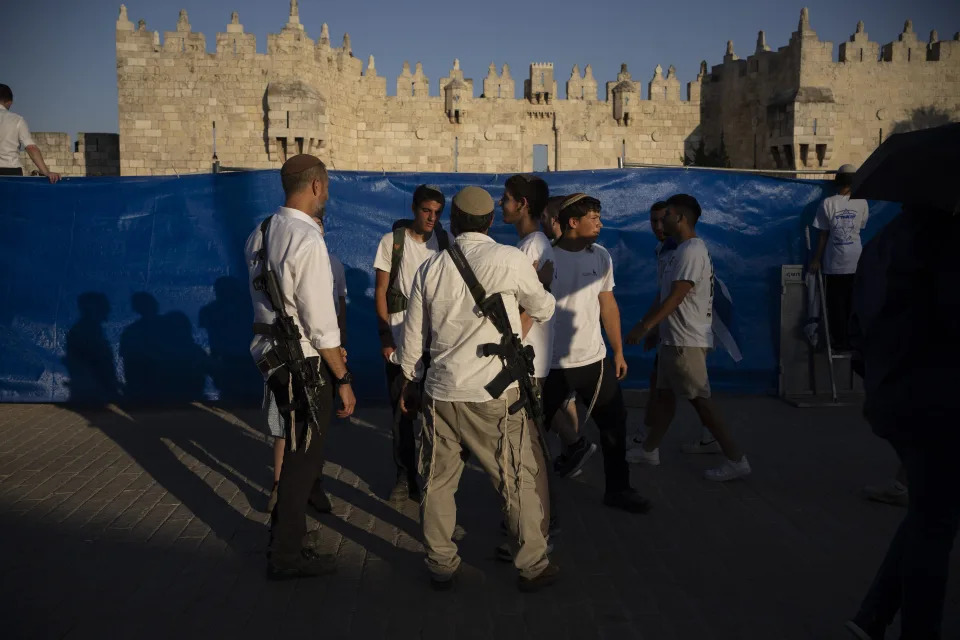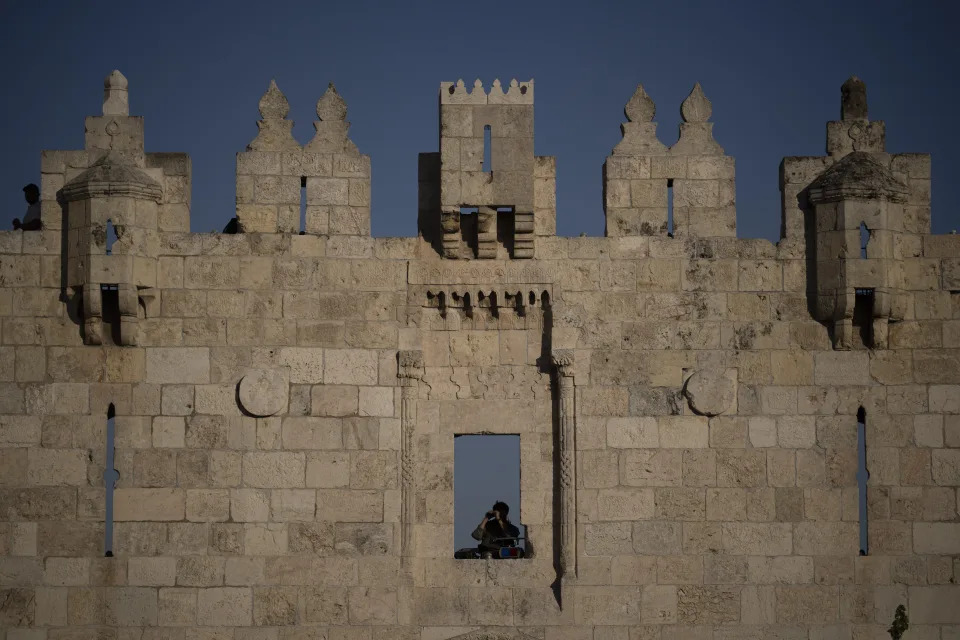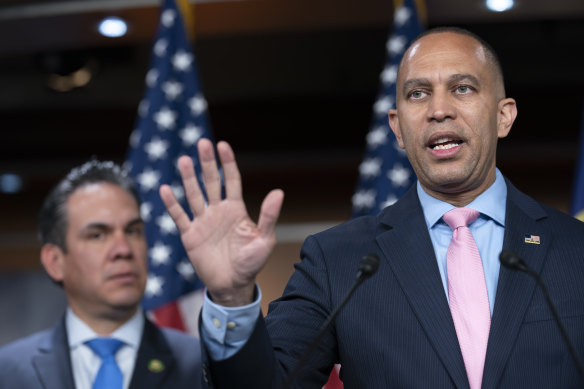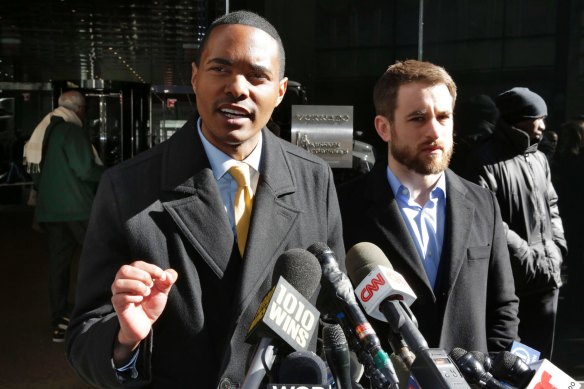Rare Wu-Tang Clan album ‘Once Upon a Time in Shaolin' to be played more widely
The sole copy of the unique piece of art and music history was first purchased by infamous hedge fund co-founder and drug executive Martin Shkreli in 2015.

Photo by: Pleasr/ Museum of Old and New Art/ Jon Lynn
"Once Upon a Time in Shaolin," 2015, by the Wu-Tang Clan.
By: Douglas Jones
Jun 05, 2024
It's not only a rare piece of hip-hop history, but of art history as well, as the Wu-Tang Clan’s rare singular copy of their “Once Upon a Time in Shaolin” album is set to finally be played more widely in a public setting for the first time.
Australia’s Museum of Old and New Art in Hobart, Tasmania will play the world’s only copy of the fabled seventh studio album recorded in secret by the Wu-Tang Clan, giving fans and art enthusiasts a chance to hear it — or, “at least some of it,” the museum said.
Curators at the museum said they plan to host a series of listening events where “a lucky few” will get to experience a selection of tracks on the album, calling it a “once-in-a-lifetime” opportunity. The museum isn’t planning to charge for tickets but is handing them out on a limited basis, and is limiting tickets to a maximum of two per person.
It was unclear if there would be plans to open up the listening schedule to allow more people to experience the album. The event was scheduled for June 15 – 24, with two listening times in the afternoon on those days.

This rare pineapple costs nearly $400 — and it's already sold out in the US
Entrepreneur Martin Shkreli, the album’s first buyer, was forced to give it to U.S. prosecutors in 2018 when he was convicted of defrauding investors. It was later sold to the art collective Pleasr.
The Federal Trade Commission, which highlighted Shkreli's infamous moniker “Pharma Bro,” said a court ruled he would face a lifetime ban from participating in the pharmaceutical industry after he was found liable for “$64.6 million in disgorgement for his role in orchestrating an illegal anticompetitive scheme.”
Federal authorities said they would also seize a Picasso painting and a Lil Wayne album titled “Tha Carter V” at the time if necessary to satisfy a forfeiture judgment.
Shkreli was sentenced to seven years in prison for what the Justice Department called a multimillion-dollar fraud scheme.
Pleasr reportedly paid an intermediary $4 million for the Wu-Tang Clan album.
RZA, who produced the album that has now seen a list of eclectic owners, wanted it to be seen as a piece of rare, fine art history. Only a small number of people are said to have heard even just small portions of its 31 tracks. Shkreli only heard a 13-minute portion along with other potential buyers in 2015 before buying it for $2 million, then later streaming clips of it on YouTube to celebrate former President Donald Trump’s 2016 election victory, Vulture reported.
Founded in New York’s Staten Island, the American rap group Wu-Tang Clan is seen as revolutionizing hip-hop as they dominated the genre in the 1990s.
Their style has been said to use a mix of neo-Islamic mysticism along with kung fu lore, adding a complexity to the rap field.



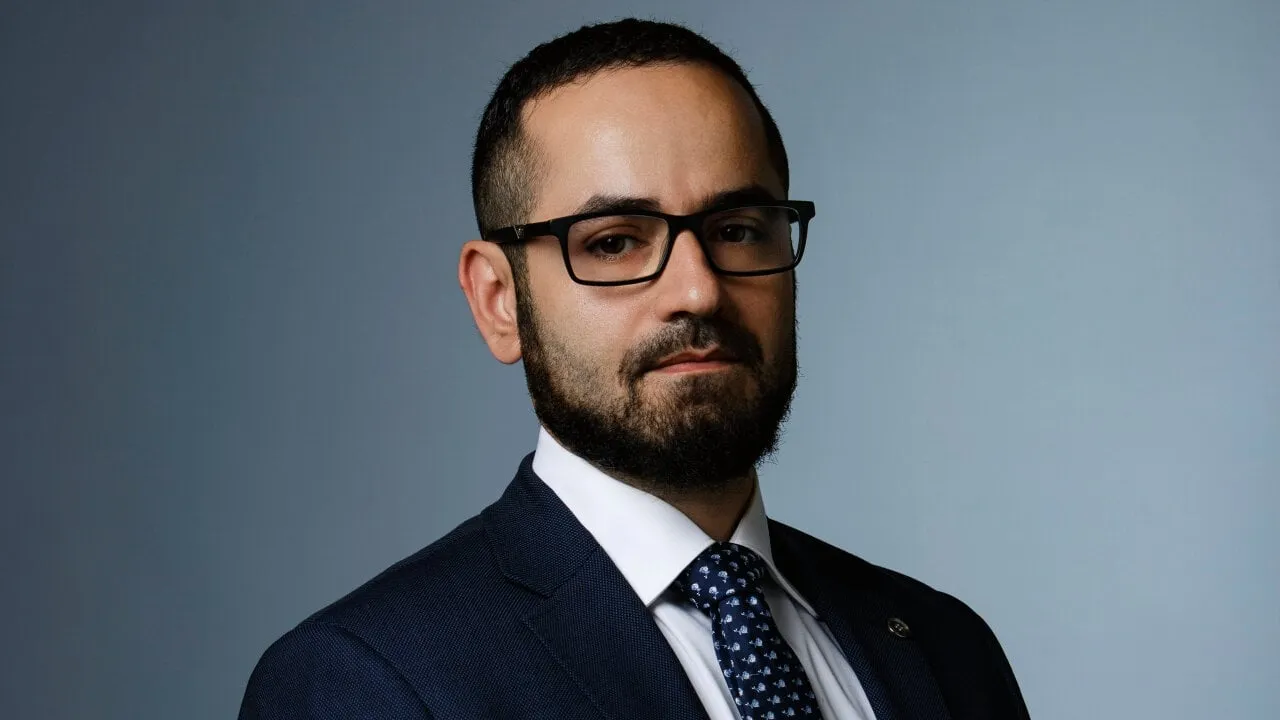





 Israeli border police officers look at Israelis during a march marking Jerusalem Day, in Jerusalem's Old City. [Ohad Zwigenberg/AP Photo]
Israeli border police officers look at Israelis during a march marking Jerusalem Day, in Jerusalem's Old City. [Ohad Zwigenberg/AP Photo]

 For many Palestinians, the route through predominantly Arab neighbourhoods is seen as a deliberate provocation. The Palestinians want the city's eastern sector as the capital of their future state. [Ronen Zvulun/Reuters]
For many Palestinians, the route through predominantly Arab neighbourhoods is seen as a deliberate provocation. The Palestinians want the city's eastern sector as the capital of their future state. [Ronen Zvulun/Reuters]




